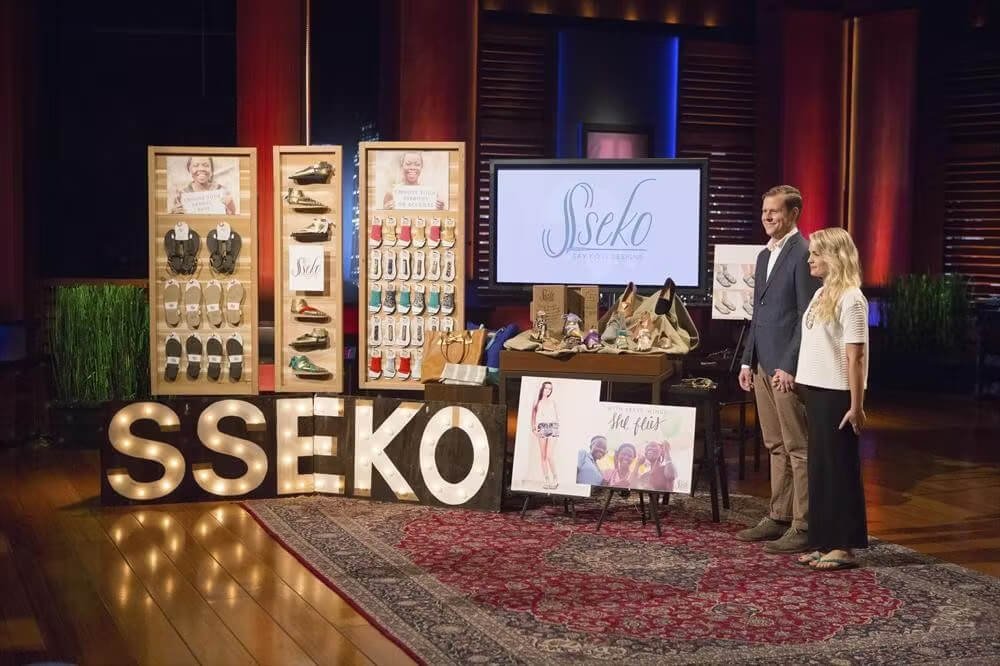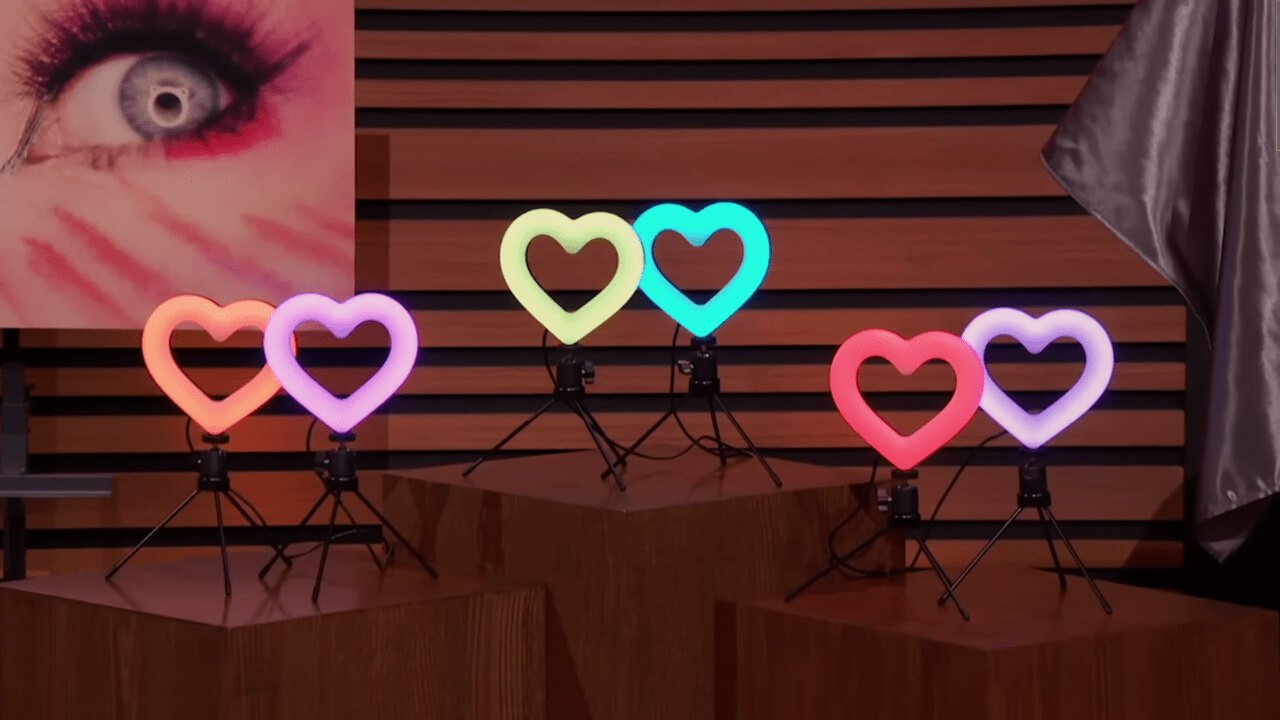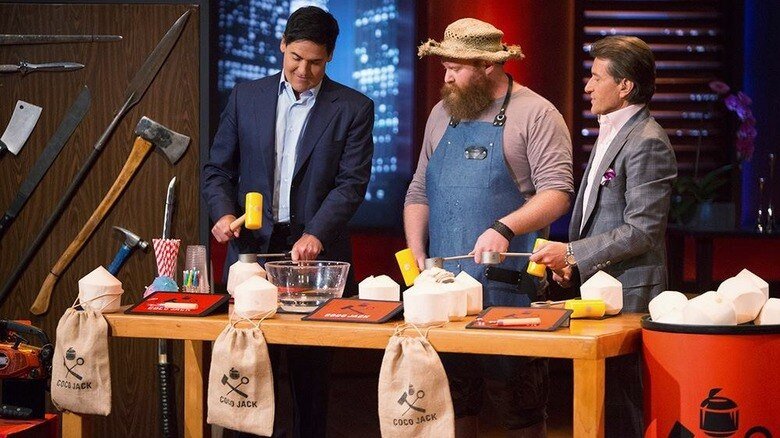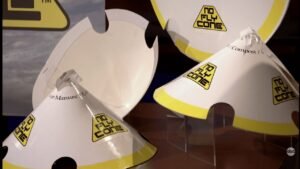Forget the soft-focus stories—here’s how Sseko Designs went head-to-head with the Sharks and what that hustle bought them long after the cameras packed up. Because on Shark Tank, your shot is only as good as your game plan after you leave the set.
Contents
ToggleSseko Designs Steps into the Tank
Here’s the setup. Season 6, Episode 19 of Shark Tank. Liz and Ben Bohannon stride in, Sseko sandals in hand—ready to pitch not just a product, but a mission to turn fashion into real opportunity for East African women. Cue the classic Shark Tank setup: a compelling story, but will it be all heart and no bite? Let’s find out if this social good play could really stand up in a room full of billionaires who count every dollar twice.
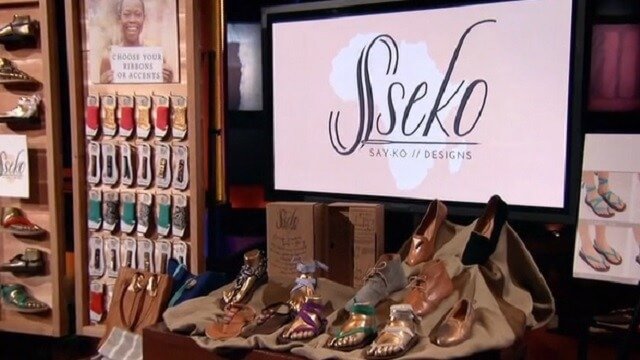
Founders and the Story Behind Sseko
Full respect to Liz and Ben Bohannon—they’re not the type to just sit and tweet thoughts and prayers when they see a problem. Both had lived in Uganda. They saw up close how many bright young women couldn’t afford college, thanks to broken systems. So, what did they do? They didn’t start a GoFundMe—they built Sseko (pronounced say-ko), a for-profit company designed to bankroll dreams one pair of sandals at a time. Liz’s original idea was that three women could earn college tuition by making sandals. Fast-forward, and Sseko became the largest footwear maker in Uganda. Now that’s mission meeting action.
Product Line and Mission
Here’s what sets Sseko Designs apart from all the Instagram ethical brands pretending they’re changing the world: the products look good, and every sale connects directly to education and fair pay for the makers. They started with strappy, custom-designed sandals—shoes you could style a dozen ways. Then the line grew: handbags, jewelry, and other accessories, still all hand-crafted by women earning fair wages. Sseko turned fair trade fashion into more than a tagline—it’s their business model. They made the kind of stuff you’d spot in a chic boutique in Brooklyn or Portland, but every stitch can be traced to a life-changing job in Uganda.
Here’s the operational twist: women get nine months’ work at Sseko before college, plus job training and scholarships. The impact isn’t talk—it’s built into the day-to-day grind.

Pitch Moment: Did the Sharks Bite?
Let’s talk Tank. The Bohannons came in bold, asking for $300,000 for 10% equity. That’s a $3 million valuation, for you math-heads—aggressive, but not out of line for high-growth DTC brands.
So, what did the Sharks see? Kevin O’Leary sniffed around the numbers like a bloodhound—was there enough margin? Could this model scale, or was the mission a distraction? Mark Cuban wanted growth and a clear path to big money, fast. Lori Greiner, usually the queen of retail, sat back. She liked the heart but wasn’t sold on the hustle translating into a massive return. Barbara Corcoran asked the tough stuff: could Americans get behind buying purpose, or did they just want cute shoes?
The tension was clear—the Bohannons stuck to their guns. Social impact came first, profit came with it, but wouldn’t steamroll it. Classic Tank moment: you can tell when the Sharks want pure ROI, not ROI-plus-feels.
So, did the Sharks bite? Nope. Zero offers. For a lot of founders, that’s the walk of shame. For Sseko, it was just the beginning.
Sseko Designs Net Worth and Growth After Shark Tank
A lot of Shark Tank brands fizzle after the cameras stop rolling—think post-deal blues, supply chain chaos, or simply going viral for five minutes and then dropping off. Sseko Designs? They used that national exposure to fuel real growth.
Within months of leaving the Tank with no deal, Sseko snagged the $300,000 they were looking for from other, values-aligned investors. No Shark required. By 2022, Sseko’s annual revenue had hit around $24 million. Not a typo. That’s smart brand-building—mission-forward, not mission-only, but with enough market savvy to build an audience that cares. Their current net worth sits up there with the stronger companies that ever walked into the Shark Tank. No, not Scrub Daddy or Bombas huge, but definitely a post-Tank winner.
Here’s where Sseko stands out: they built their revenue with solid direct-to-consumer sales, plus distribution in 400+ North American retailers. Most brands don’t get close.
Funding Outside the Tank
Now, for the real entrepreneurs reading: this is the part you need to pay attention to. The Sharks said no, but Sseko didn’t fold. Instead, they leaned on the exposure, refined their deck, and courted VCs and mission-driven investors who actually understood their hybrid profit-purpose model. The company ended up closing the same $300,000 round, only this time the money came with alignment—not just capital.
Here’s my take: too many founders think a Shark Tank no means fundraising is dead. Actually, sometimes it’s just the beginning. If your mission’s real and your numbers back it up, there are buyers out there—sometimes better than TV money.
Sseko Designs Today: Is the Mission Still Alive?
You want to know if Sseko turned into just another for-profit, for-good brand that outsources its soul. Here’s the verdict: Sseko kept its edge. They expanded production to include partners in Ethiopia and Kenya. The company stayed publicly committed to supporting women, providing both jobs and college scholarships—helping hundreds of women go to university since the Tank.
Their product catalog also evolved. It’s not just sandals now—it’s a real lifestyle line, but the social impact is still the DNA. The Uganda connection? Still there, still funding education, still providing nine months of job training before these women head to university.
That’s why Sseko dodged the usual pitfall—getting big and losing your why. They scaled up without selling out.
Big Lessons for Entrepreneurs
Look, I’ve seen plenty of purpose-built brands fumble on Shark Tank. More often than not, mission-first founders pitch with their heart on their sleeve but can’t show hard numbers. Sseko almost fell into that trap but backed it up with growth and a quality product.
The biggest lesson: sticking to your core values won’t kill your business, as long as you actually have a business to scale. Sseko proved you can mix fair wages and fair returns, as long as your margin math is solid and your pitch is crisp. Don’t get distracted by what the Sharks want if you know who your true customer is.
And here’s the blunt truth—sometimes a Tank no is your best press kit. Sseko flipped exposure into targeted funding, not just empty Shark promises. They knew funds with ethics might give them better leverage for long-term growth.
Conclusion: The Real Impact of Sseko’s Hustle
So, what’s the post-Tank scorecard here? Sseko Designs is absolutely still alive, still growing, and their original mission hasn’t faded. The Sharks didn’t buy in, but Sseko’s real deal was with the market and their community. They scaled, raised millions, and kept their purpose sharp.
Bottom line: don’t let a TV be your obituary. Use it, learn from it, and bend it to your advantage. That’s the playbook Liz and Ben wrote—and it’s working.
Mentioned on SharkWorth, Sseko’s Shark Tank journey shows you don’t need a Shark to build a movement. You just need a brand, a strategy, and relentless hustle.
Frequently Asked Questions
1. Is Sseko Designs Still in Business?
Yes. Sseko Designs is still in business and thriving, with $24 million in annual revenue as of 2022.
2. Did Sseko Designs Ever Secure Funding After Shark Tank?
They did. Sseko landed the $300,000 they wanted after the show through outside investors who aligned with their purpose.
3. How Much Revenue Does Sseko Designs Make Now?
By 2022, Sseko Designs hit about $24 million a year in revenue—major for a mission-driven brand.
4. What Products Does Sseko Designs Sell Today?
The line now includes sandals, bags, jewelry, apparel, and other lifestyle accessories, all made ethically in East Africa.
5. How Does Sseko Designs Support Women in Africa?
The company offers Ugandan women nine months of work, job training, and college scholarships. Many go on to university and leadership roles.
6. Why Didn’t the Sharks Invest in Sseko Designs?
The Sharks worried about profit margins and scale. They weren’t convinced the mission and profit could both stay strong.
7. Did Appearing on Shark Tank Help Sseko Grow?
Absolutely. Even without a deal, the Shark Tank spotlight brought in other investors and more loyal customers.
8. Where Can I Buy Sseko Designs Products?
You can grab their goods on their website and from retailers across North America.
Ready for the grind? Sseko Designs’ Shark Tank story proves real impact, real money, and real grit are all possible—if you refuse to quit.

